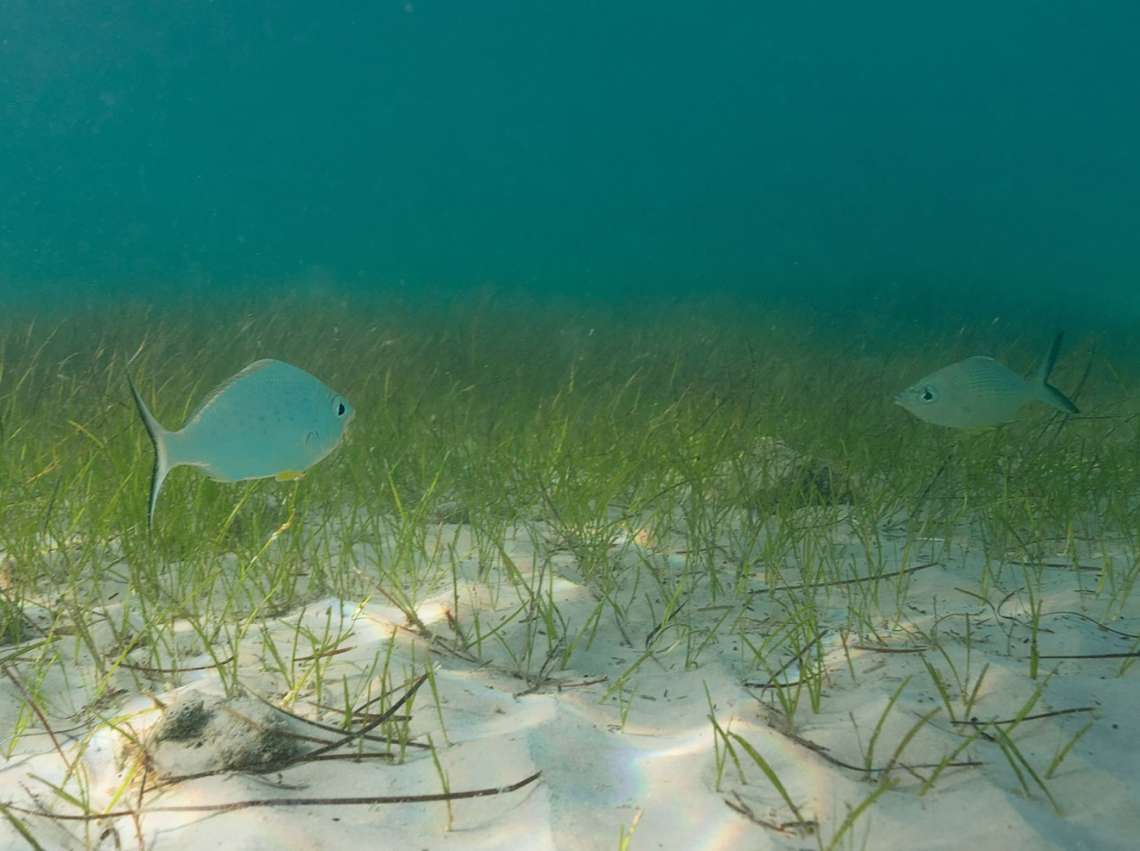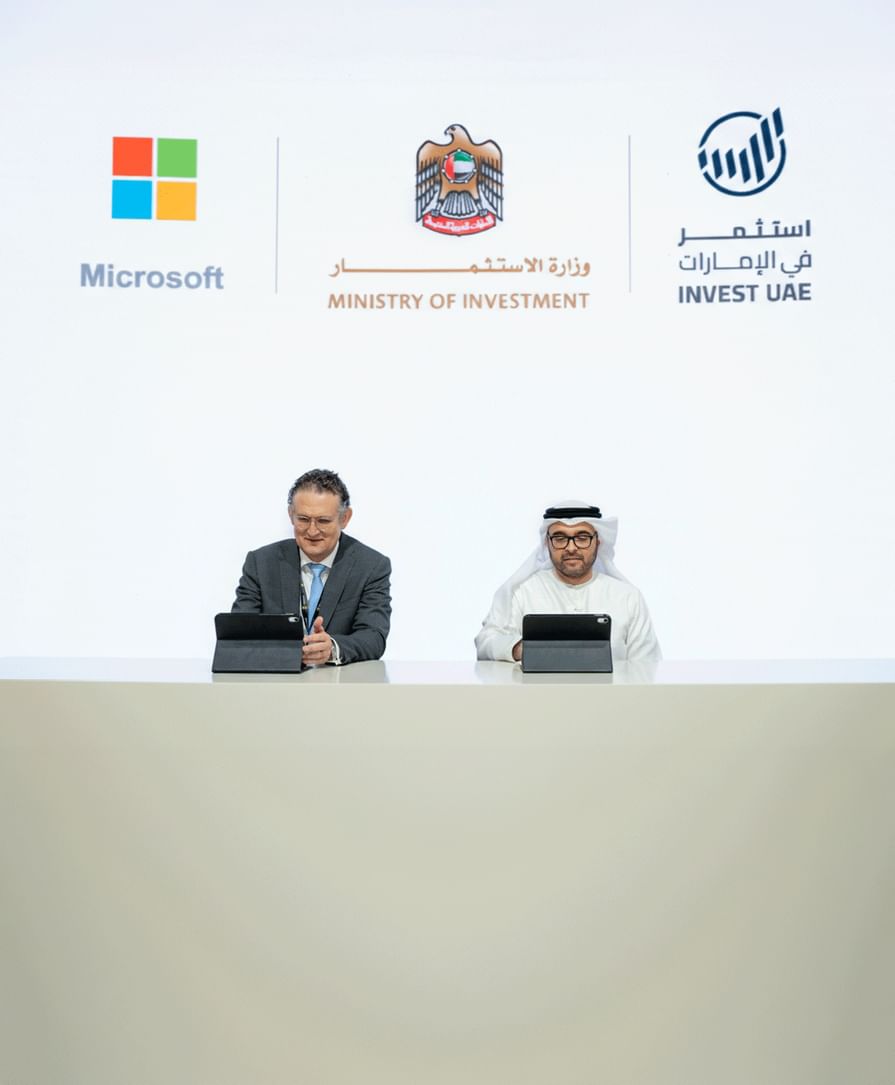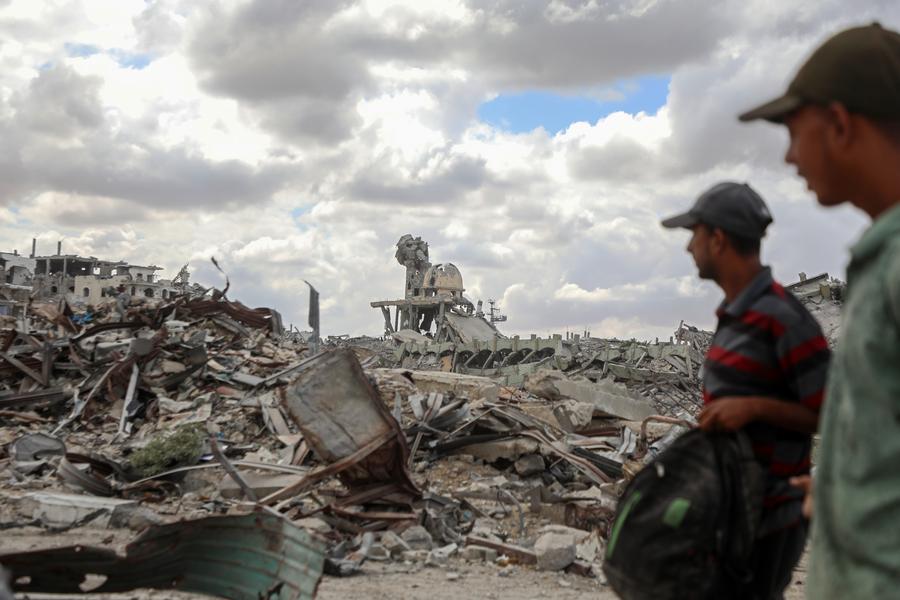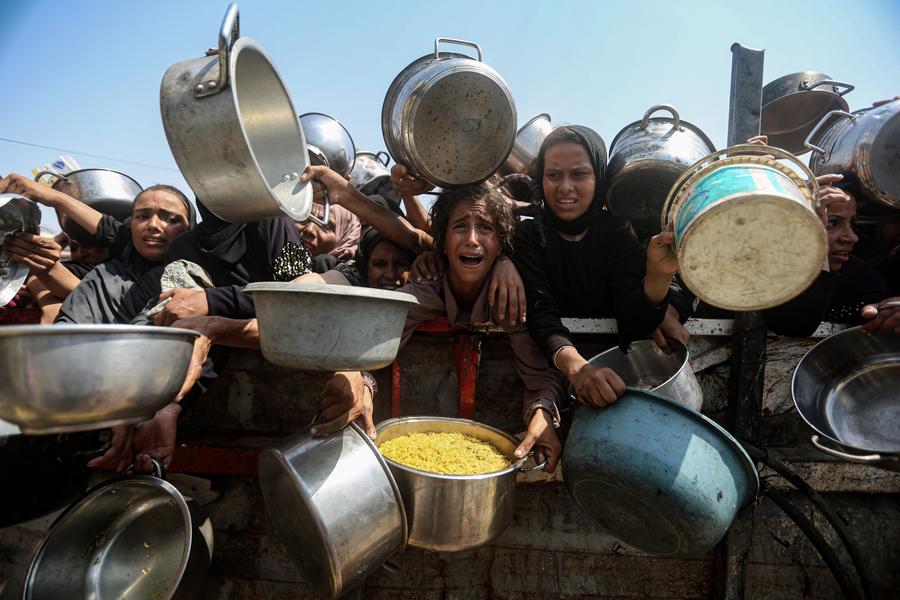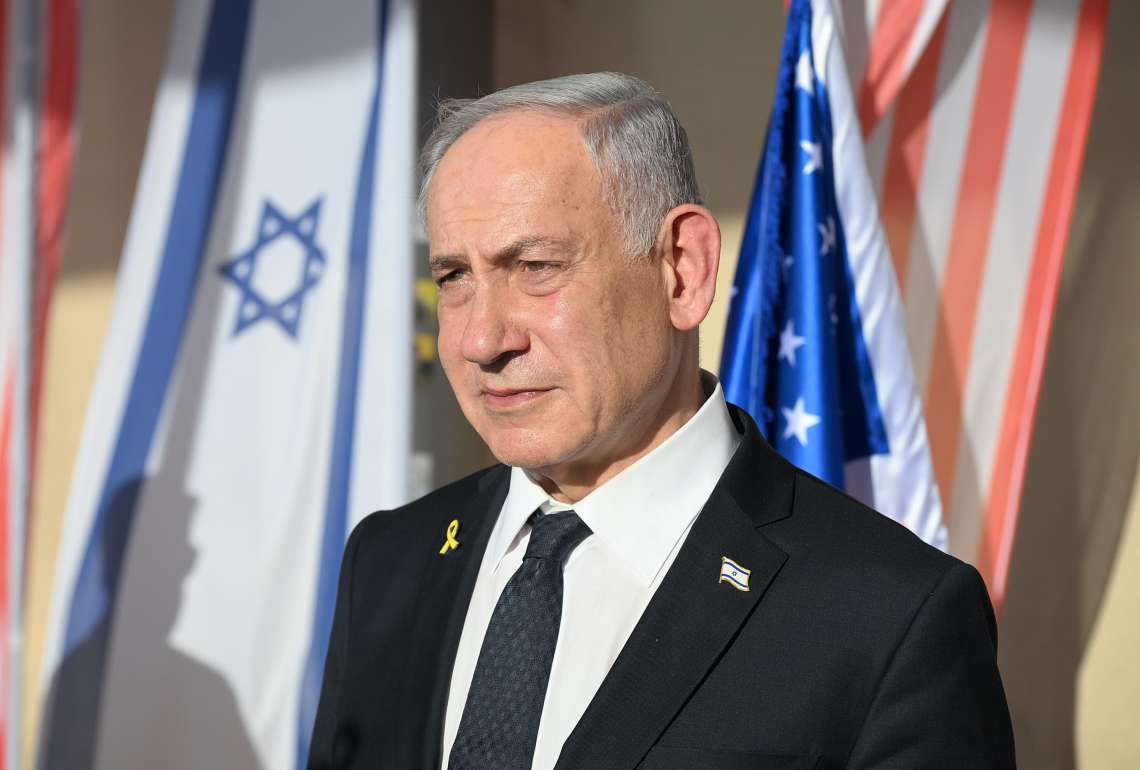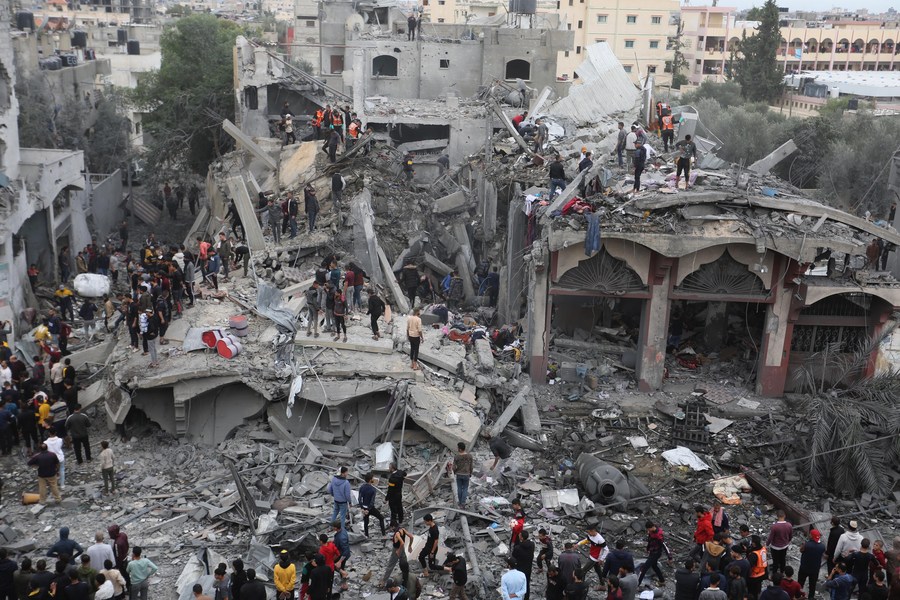The plan charts out an integrated future map for sustainable urban development in the emirate focused on human wellbeing…reports Asian Lite News
Mattar Al Tayer, Commissioner-General for Infrastructure, Urban Planning and Wellbeing Pillar and Chairman of the Supreme Committee of Urban Planning in Dubai, reaffirmed that fostering well-being and sustainability have become hot topics on the agenda of politicians and policymakers.
“These elements have become particularly pressing given the strategic challenges faced by metropolitan cities in terms of high-growth rates of population, urbanisation & urban sprawl, rapid technology revolution, and global climate change. All of these elements underscore the need to chart out models, plans and projects for serving humans,” said Al Tayer in a keynote speech to the World Government Forum (WGS) 2023 entitled: “Urban Planning Pathway to Wellbeing.”
In 2021, Sheikh Mohammed bin Rashid Al Maktoum launched the Dubai Urban Plan 2040, a strategic and flexible transformational plan aimed at making Dubai as the best city for living in the world.
The plan charts out an integrated future map for sustainable urban development in the emirate focused on human wellbeing, improved quality of life and enhanced global competitiveness of Dubai.
“Dubai 2040 aims to provide sustainable and flexible mobility options to ease the mobility of people. The plan envisages that 55 percent of Dubai’s population to live within 800 meters or less from public transport stations,” AL Tayer said.
“It also aims to enhance investment opportunities by increasing the area of economic activities to 168 square kilometres, widening the area of hotel and tourism activities to 134 percent to attract more tourists, increasing green areas and recreational spaces by 105 percent, and extending public beaches by as much as 400 percent.”
“The plan identifies five urban centres: the Historical Centre of the city in Deira and Bur Dubai, the Economic and Financial Centre in the Burj Khalifa and Business Bay, the Tourism and Entertainment Centre in Dubai Marina and Jumeirah Beach Residence, and the Exhibitions Centre at Expo 2020 City, and the Knowledge and Innovation Centre at Dubai Silicon Oasis.”
He said the plan seeks to raise population density, and increase the scale of development and investment to benefit from the existing infrastructure and services by providing 80 percent of the daily population’s needs within 20 minutes or less by walking, cycling or riding soft mobility means.
The plan also aims to retain 60 percent of the total area of the emirate as natural reserves and rural areas, he further elaborated.
“Dubai Urban Plan 2040 is privileged by the support and follow-up of our wise leadership. A roadmap was endorsed to ensure sustainable development featuring a policy for sustainable housing for our citizens, developing comprehensive plans to preserve rural areas, and developing the urban planning law to regulate the relationship between developers, investors and government agencies. It also adopts a flexible model for the governance of urban planning that strikes a balance between sustainable development and optimal utilisation of lands and projects.”
“Work is underway to develop a comprehensive strategy for wellbeing in Dubai, with a view to creating a model for wellbeing that enhances Dubai’s appeal as the best city for living in the world. The strategy encompasses three levels: individuals, communities, and the city, and 17 agencies are working together to chart out this strategy. A survey was conducted among various segments of society and it screened over 12,000 respondents to gauge their needs and aspirations,” Al Tayer commented.


